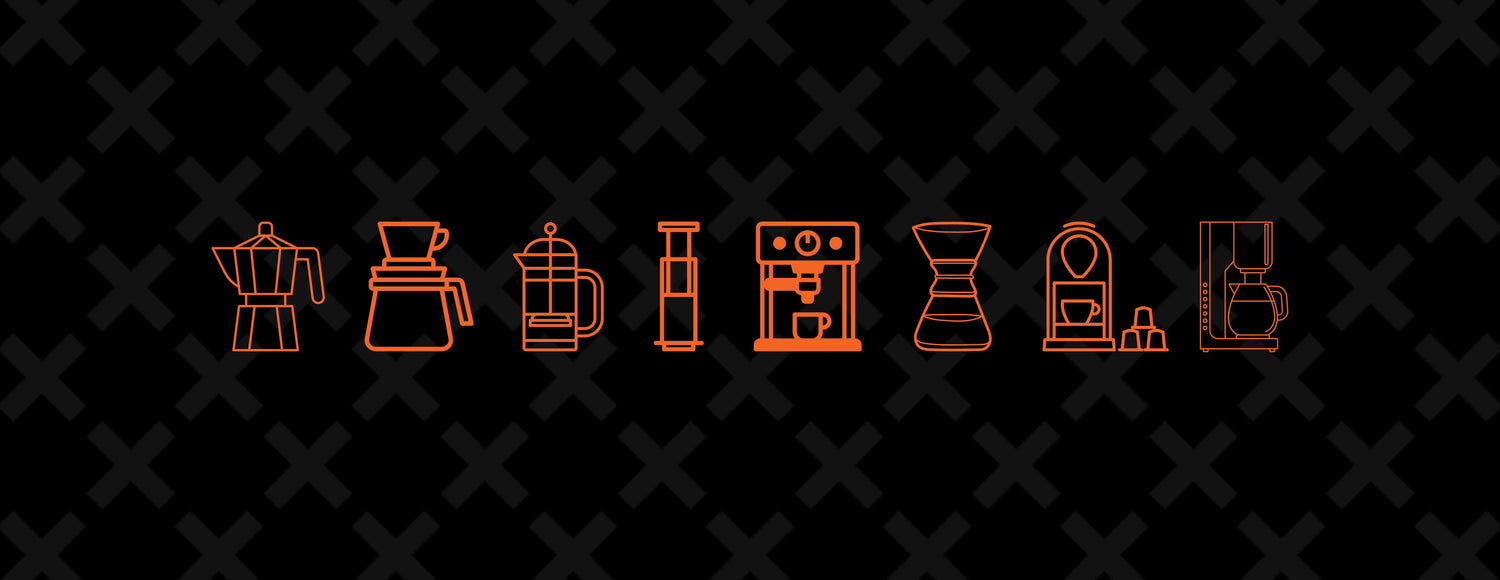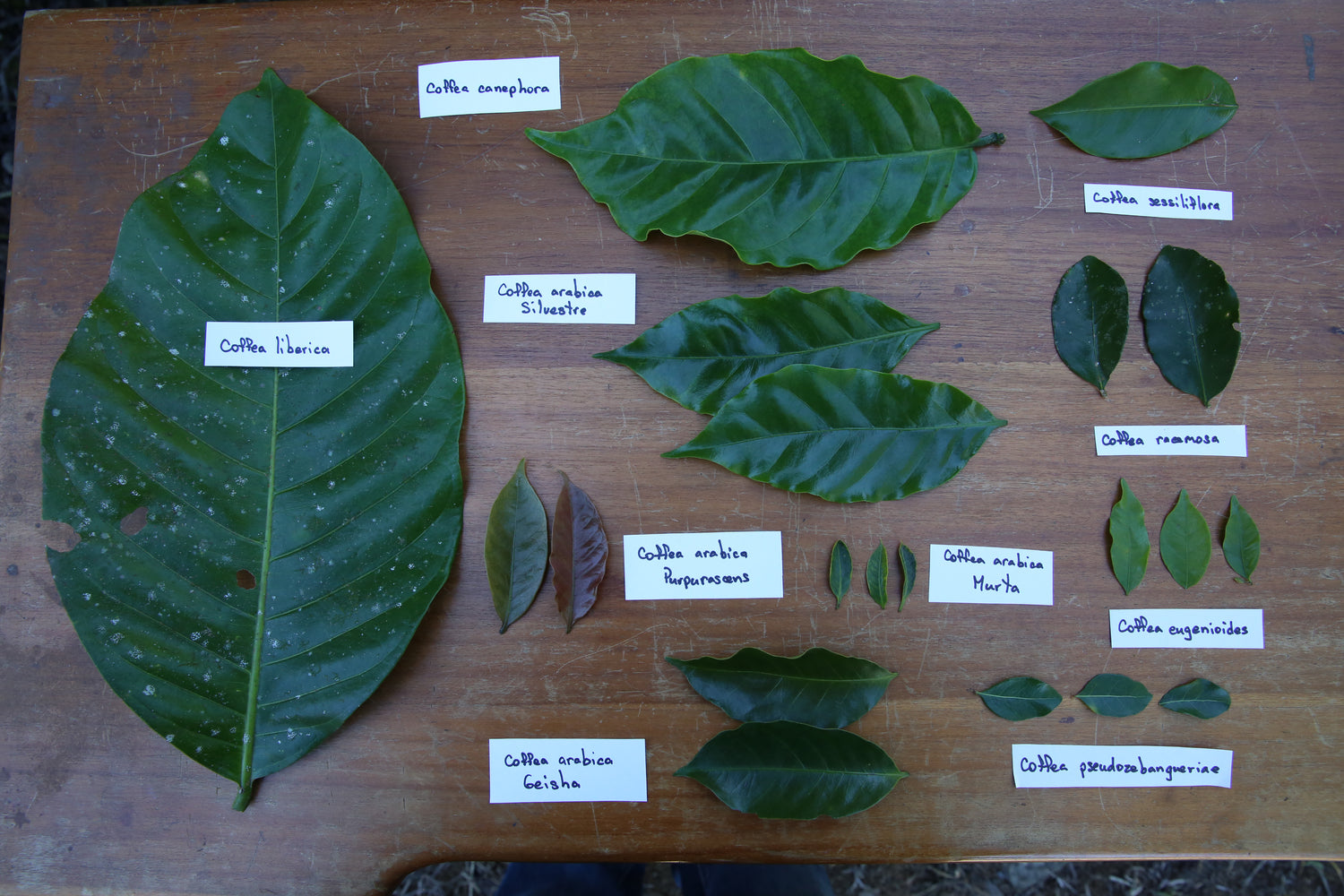Crema
What is Crema?
Crema is the name given to the golden, reddish-brown foam that forms on the top of a freshly and properly brewed espresso. Crema is created when carbon dioxide gas in the coffee beans is emulsified with the coffee's natural oils during the brewing process. A rich and thick crema is often considered a sign of high-quality espresso. Not only does it contribute to the visual appeal of an espresso, but it also enhances its flavour and aroma.
The name was coined by Achille Gaggia, inventor of the first lever-operated espresso machines. These original Gaggia machines were the first to generate the levels of pressure (9 bars) we associate with modern espresso machines. Because of this pressure, crema formed on espresso for the first time. And people naturally questioned what the hell this weird brown foam was on their coffee. And in a move of marketing genius, Achille said it was "Crema Naturale", the natural cream of the coffee.
How is Crema Formed?
Crema is formed during the brewing process of espresso coffee. It is the result of a combination of factors, including the type of coffee beans, the grind size, the brewing method, and the pressure used in espresso machines. Here's how crema is formed:
- Coffee Beans: The type and freshness of the coffee beans play a crucial role in crema formation. How dark the roast level is will also determine how dark the crema will be. Coffee beans with a medium to dark roast profile are often preferred for espresso because they have a higher oil content, contributing to crema production.
- Grind Size: The fine grind of coffee used to brew espresso allows a larger surface area of coffee to come into contact with water, facilitating the extraction of oils and gases that contribute to crema.
- Pressure: The pressure in an espresso machine is essential for creating crema. Typically, espresso machines generate around 9 bars (9 times atmospheric pressure) of pressure during the extraction process. This high pressure helps dissolve the carbon dioxide (CO2) gas present in the coffee grounds into the liquid.
- Emulsification: As hot water passes through the coffee grounds at high pressure, it dissolves and emulsifies the natural oils present in the coffee beans. As the liquid coffee leaves the pressurised environment of the espresso machine, the dissolved CO2 gas escapes the liquid, creating tiny bubbles. Essentially, crema is the same as a head on a pint of beer.
A well-made espresso shot will have a thick and rich crema layer, enhancing the coffee's visual appeal and contributing to its flavour and aroma.
Coffee Beans and Roast Levels
The choice of coffee beans and their roast level significantly impact crema formation in coffee. Here's how different coffee beans and roast levels affect crema:
Type of Coffee Beans:
- Arabica vs. Robusta: Arabica beans are known for their smoother and more balanced flavours, often producing a creamier and more aromatic crema. Robusta beans, on the other hand, contain more caffeine and tend to have a thicker and darker crema with a stronger, more bitter flavour.
Roast Level:
- Light Roast (FiXX Single Origin): Lightly roasted beans tend to have a higher acidity and a more pronounced brightness in flavour. The crema from light roast beans may be lighter in colour and less dense but can have vibrant, citrusy notes.
- Medium Roast (FiXX Lisbon): Medium roast beans strike a balance between acidity and body. The crema from medium roast beans is often a rich reddish-brown colour. It has a well-rounded flavour profile with caramel and nutty notes.
- Dark Roast (FiXX Cubano): Dark roast beans have a more pronounced body and lower acidity. The crema from dark roast beans is often darker and may have smoky, chocolaty, or spicy flavour notes. However, the crema from dark roast beans can be thinner and less stable due to the longer roasting process, which can reduce the oil content.
Oil Content:
- Beans with higher oil content, often associated with darker roasts, tend to produce a thicker and more persistent crema. The oils in these beans are more readily emulsified during the espresso brewing process, contributing to a creamy texture.
Freshness:
- Freshly roasted beans tend to produce better crema. As coffee beans age, they lose some of their oils and CO2, impacting crema formation. Using freshly roasted beans ensures a higher oil content, resulting in better crema.
In summary, the choice of coffee beans and their roast level directly impacts crema formation regarding colour, thickness, and flavour characteristics. While dark roast beans with higher oil content may produce a thicker and more stable crema. The choice ultimately comes down to personal preference.
Does Crema Have Any Health Benefits?
Crema in espresso does not have specific health benefits on its own. It is primarily a visual and sensory component of espresso that adds to the overall experience. Crema is not a separate substance but a result of the brewing process. While crema itself doesn't offer health benefits, it is associated with the consumption of coffee, which has been the subject of extensive research.
Coffee, when consumed in moderation and without excessive amounts of added sugar or milk, has been linked to potential health benefits, including:
- Antioxidants: Coffee contains antioxidants that combat oxidative stress and lower the risk of chronic illnesses.
- Mental Alertness: The caffeine in coffee can enhance mental alertness and cognitive function. This is why so many of us reach for it first thing in the morning!
- Liver Health: Coffee consumption has been linked to a reduced risk of liver diseases, including cirrhosis and liver cancer.
- Reduced Risk of Certain Diseases: Some studies suggest that moderate coffee consumption may be associated with a reduced risk of conditions like Parkinson's and Alzheimer's.
It's important to note that individual responses to coffee can vary. Excessive consumption can have adverse side effects such as insomnia, increased heart rate, and digestive issues. Adding lots of milk and sugar ain't great either, but that's not the coffee's fault. If you have specific health concerns or questions about coffee consumption, it's advisable to consult with a healthcare professional.
What are Some Common Myths and Misconceptions About Crema?
While crema is an essential and fascinating espresso component, it has also garnered some misunderstandings over time. Here are some common myths and misconceptions about crema:
- Crema Equals Quality: Crema is a sign of a well-prepared espresso brewed using fresh beans. That is all. It doesn't mean the espresso underneath will definitely be delicious. However, if you brew or receive an espresso with no crema, you can be sure something has gone wrong.
- Crema Contains Most of the Caffeine: Some believe that crema contains the highest concentration of caffeine in an espresso shot. In reality, caffeine is dispersed throughout the liquid portion of the espresso, and the crema has only a minimal amount of caffeine.
- Stirring the crema Ruins the Espresso: There's a belief that stirring or breaking the crema with a spoon will ruin the espresso. It's nonsense. While the crema contributes to the aroma and visual appeal, mixing it helps blend the flavours and enhance the overall taste of the espresso. Give it a try. You might be surprised.
- Crema Cannot Be Achieved with Decaffeinated Coffee: It's possible to achieve crema with decaffeinated coffee beans. However, the crema may have slightly different characteristics than regular espresso.
- Crema Should Last Forever: Crema is a temporary element of espresso. It will naturally dissipate over time. Just think of it like the head of a beer.





